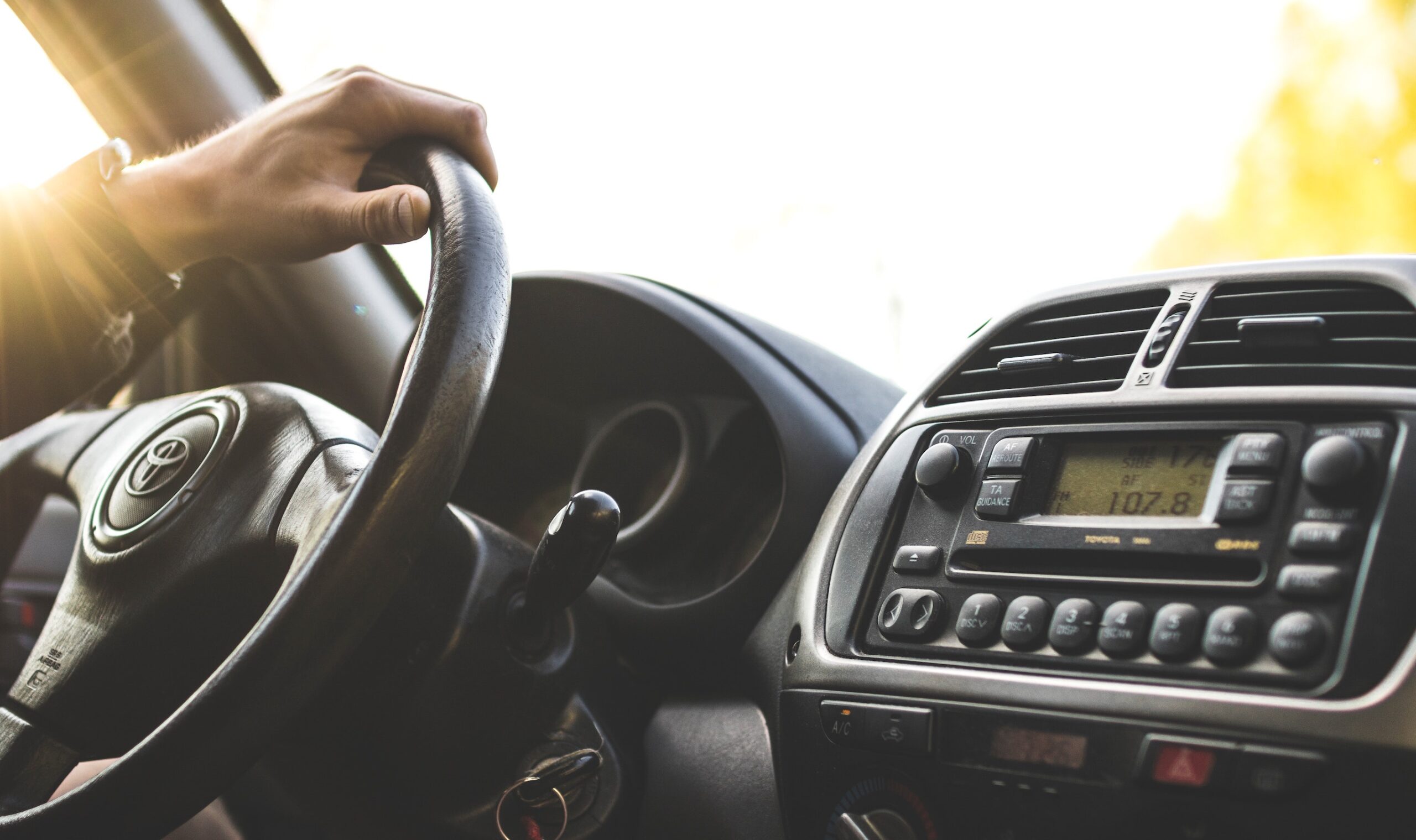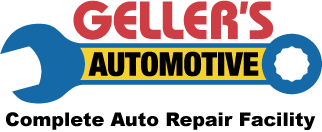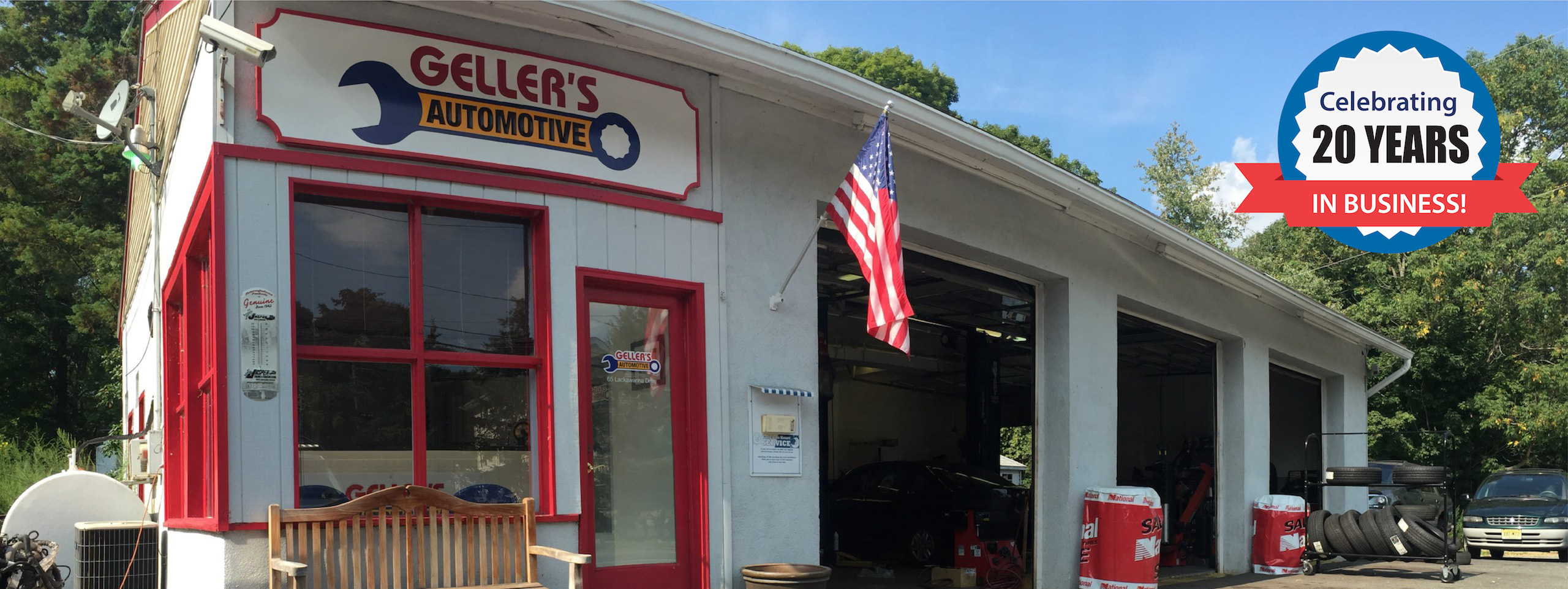
You have probably heard of your vehicle’s drivetrain, but never thought much about the purpose and parts of the drivetrain. In this month’s blog, we describe a critical component of the drivetrain – which is the driveshaft. We examine the function of the driveshaft, and possible issues you may experience with this important drivetrain part.
What is the drivetrain?
The drivetrain represents the parts of your vehicle that deliver the power to your vehicle’s wheels. The drivetrain consists of your vehicle’s transmission, differential, driveshaft, axles, and wheels. The drivetrain is different from the powertrain, which includes the vehicle engine. The drivetrain and powertrain work together to enable your vehicle to drive – with the powertrain producing the energy and the drivetrain transferring energy to your vehicle to enable movement.
Most vehicles have some type of drivetrain warranty that covers the drivetrain for a specified period. It is helpful to know the length and coverage of your drivetrain warranty, if you experience any issues with these components during the lifecycle of your vehicle.
What is the driveshaft?
The driveshaft is a steel rod that sits beneath the length of your vehicle. It transfers the torque from your vehicle’s transmission to the differential, which eventually brings the power to turn your wheels. The driveshaft is also called the Cardan shaft, or propeller shaft. This component rotates when the vehicle is in use, which requires the driveshaft to be accurately weighted and balanced for optimization.
Depending on the drive system of your vehicle, the driveshaft may be positioned in different places on the underside of the vehicle. In a four-wheel drive vehicle, there are two driveshafts, one for the front and one for the rear wheels. In a rear-wheel-drive vehicle, the driveshaft connects to the end of the transmission.
What are common driveshaft issues?
The function of the driveshaft subjects it to frequent rotational motion, resulting in wear and tear over time. Driving conditions may also play a role in damaging a driveshaft, whether from roadside hazards like potholes, or driving with excess weight (like towing a trailer or heavy load).
If there is damage or wear to your driveshaft, you may experience the following symptoms:
- Vehicle shudders or vibrates: Sometimes the driveshaft may become disconnected or imbalanced, and this results in heavy shuddering or vibration. If you are accelerating and there is intense shuddering or vibration, this may be an indication of a driveshaft issue. Your universal joints, couplers, or bearings may be worn and require replacement. Have your vehicle inspected right away to avoid complications to the drivetrain.
- Problems turning the vehicle: A problem with the driveshaft may also prevent you from making turns with the vehicle. You will notice there is a turning issue because it will be very difficult for the tires to turn. This is a safety issue as well and should be addressed by a service professional as soon as possible.
- Noises under the vehicle: If you hear unusual noises coming from the underside of the vehicle, like popping or clanking, this could indicate a driveshaft issue. This may indicate an issue with the CV joint or other components that might need lubrication or replacement.
While there is little you can do to maintain your driveshaft, you should have it inspected periodically and have the universal joints and parts lubricated. Pay attention to your driving habits as well and avoid potholes and driving with excessive weights that may disrupt the balance of the driveshaft. If you experience some driveshaft failure symptoms, do not drive your vehicle until it is looked at by a service professional.
If you have concerns about your drivetrain, contact the service professionals at Geller’s Automotive to schedule an inspection. We will thoroughly inspect your drivetrain and make recommendations for any repairs or replacement.



